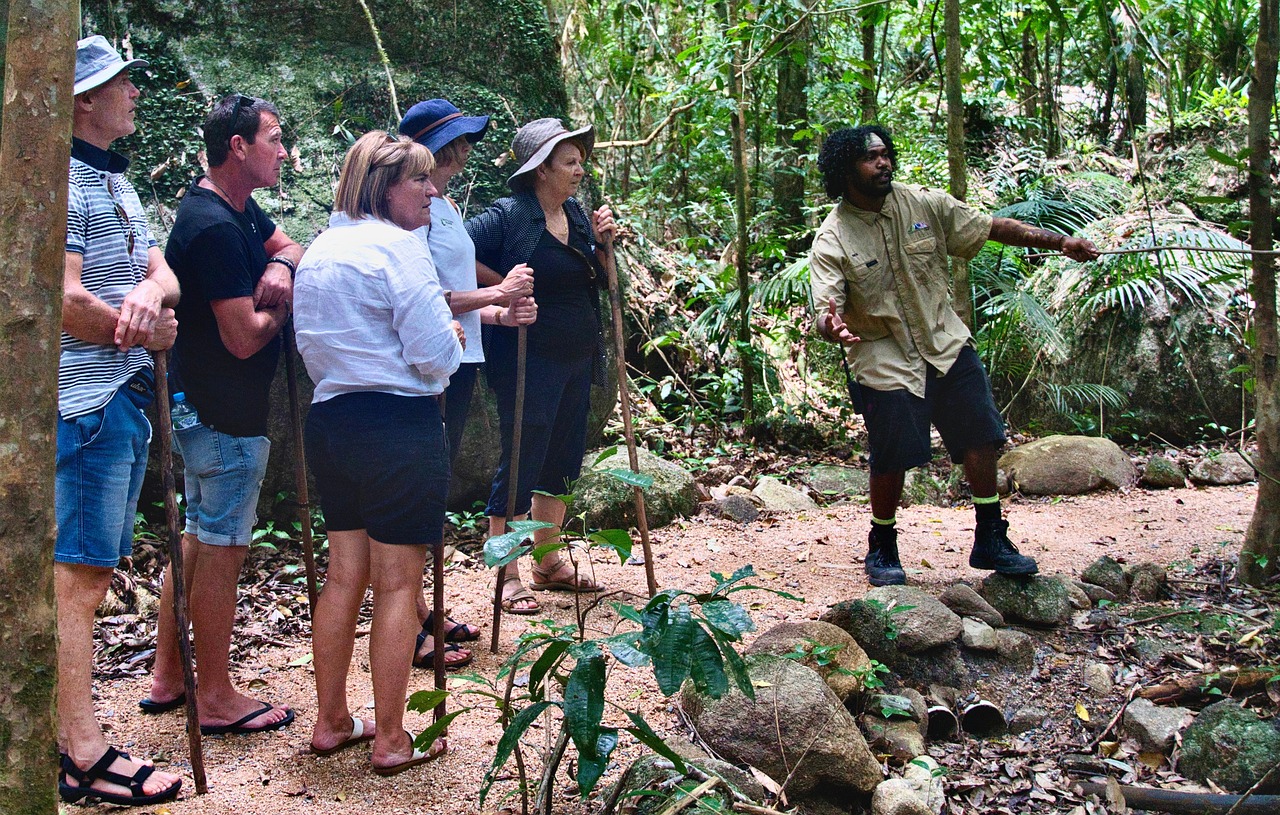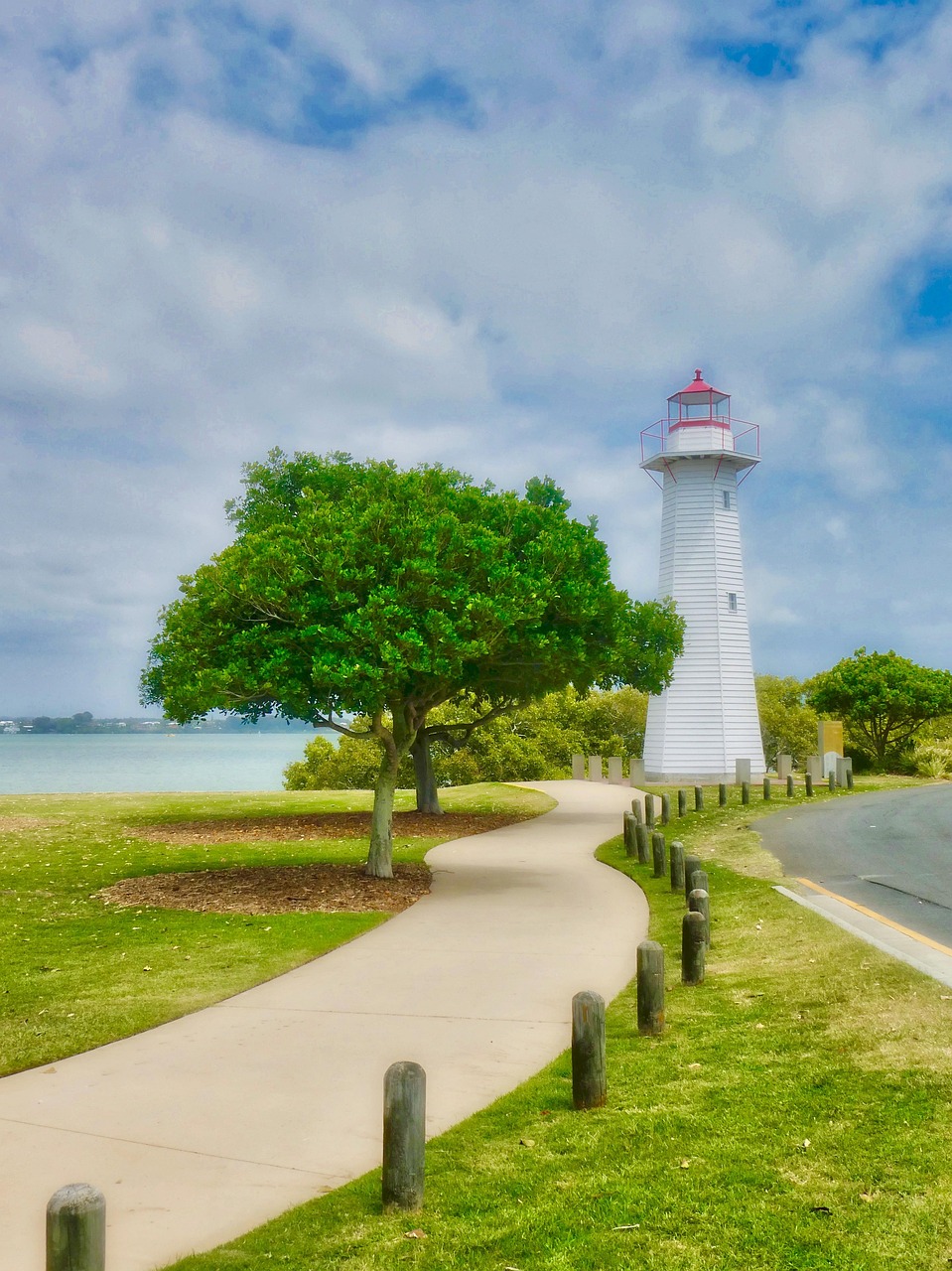Deadheading flowers is the practice of removing spent blooms to encourage new growth and prolong flowering. By cutting off faded flowers, you redirect the plant’s energy towards producing more buds, resulting in a vibrant garden filled with continuous blooms throughout the growing season.
Understanding Deadheading

Deadheading is a simple yet effective gardening technique that can significantly enhance the beauty of your flower beds. When flowers fade, they often produce seeds, which signals the plant to halt further blooming. By removing these dead or faded flowers, gardeners can trick the plant into thinking it needs to keep producing blooms. This not only extends the flowering period but also improves the overall health of the plant.
Different flowers benefit from deadheading in various ways. Some plants, like petunias and geraniums, thrive with frequent deadheading, while others, such as daylilies, may require less attention. Understanding the specific needs of your flowers can help you master the art of deadheading.
Benefits of Deadheading
There are numerous advantages to incorporating deadheading into your gardening routine. These benefits include:
- Promotes Continuous Blooms: Regularly removing spent flowers encourages plants to produce new blooms, giving your garden a vibrant appearance.
- Improves Plant Health: Deadheading helps prevent diseases that can arise from decaying flowers and promotes better air circulation.
- Enhances Aesthetic Appeal: A garden filled with fresh flowers is visually more appealing than one with wilted blooms.
- Encourages Bushier Growth: Many plants respond to deadheading by branching out more, resulting in fuller, bushier plants.
When to Deadhead
Timing is crucial when it comes to deadheading. The best time to deadhead is typically during the growing season, especially after the initial bloom fades. Observing your plants closely will help you determine the right moments for this task. Some general guidelines include:
- Deadhead annuals regularly throughout their blooming period.
- Perennials can be deadheaded after their first flush of blooms to encourage a second bloom.
- For certain plants, like roses, deadheading can be done at intervals throughout the season for optimal results.
How to Deadhead
The process of deadheading is straightforward but varies slightly based on the type of plant. Here are some basic steps to follow:
- Identify the Spent Flowers: Look for flowers that have wilted or turned brown.
- Use Clean Tools: Always use clean scissors or pruning shears to prevent disease spread.
- Cut Below the Bloom: For most plants, make a cut just above the first set of healthy leaves or buds.
- Dispose of Wasted Flowers: Remove any debris from around the plant to maintain cleanliness and prevent pests.
In some cases, you may also find that pinching off blooms by hand works well. This method is particularly effective for softer-stemmed flowers where precision is less critical.
Key Considerations
While deadheading is beneficial, there are some considerations to keep in mind:
| Plant Type | Best Time to Deadhead | Technique |
|---|---|---|
| Annuals | Throughout Blooming Season | Cut Above Leaves |
| Perennials | After Initial Bloom | Cut or Pinch Off |
| Roses | Throughout Season | Cut Above Healthy Leaves |
By understanding the right techniques and timing for deadheading, gardeners can ensure a thriving and beautiful display of flowers all season long.
Different Methods of Deadheading
Deadheading can be performed using various methods, each suited for different types of flowers and gardeners’ preferences. Understanding these methods will help you choose the best technique for your flowering plants.
Hand-Pinching
One of the simplest methods of deadheading is hand-pinching. This technique is ideal for soft-stemmed flowers, such as petunias or pansies. Hand-pinching involves using your fingers to grasp the spent flower and gently pinch it off at the base. This method is quick, requires no tools, and is less likely to damage surrounding foliage.
Using Pruning Shears
For tougher stems or to achieve a cleaner cut, pruning shears are a better option. This method is especially useful for larger plants like roses or geraniums. Follow these steps for effective deadheading with pruning shears:
- Select Healthy Tools: Ensure your pruning shears are clean and sharp to make precise cuts.
- Locate Spent Blooms: Identify the faded flowers that need to be removed.
- Make the Cut: Cut just above the first set of healthy leaves or buds to encourage new growth.
Using pruning shears allows for more control and can help prevent any unnecessary damage to the plant.
Choosing the Right Time for Deadheading
Knowing when to deadhead can significantly influence the effectiveness of the process. Timing varies by plant type, but general guidelines can help ensure optimal results.
Seasonal Considerations
Most annuals benefit from regular deadheading throughout their blooming season. This can be done weekly or biweekly, depending on how quickly the flowers fade. For perennials, it’s often best to wait until after the first round of blooms before starting to deadhead for a second flush of flowers.
Daily Observation
A good practice is to observe your garden daily during peak blooming periods. This allows you to catch spent blooms early, preventing them from setting seed. Additionally, some plants, like daisies, may require deadheading more frequently than others.
Pest Control and Deadheading

Deadheading can also serve as a means of pest control. Faded flowers can attract certain pests and diseases. By regularly removing spent blooms, you reduce the chances of attracting unwanted insects and diseases that may affect the overall health of your plants.
Identifying Common Pests
While deadheading, it is also beneficial to keep an eye out for common pests such as aphids, spider mites, and whiteflies. Here are steps to identify and manage these pests:
- Aphids: Look for clusters of small, pear-shaped insects on flower stems and leaves.
- Spider Mites: Check for fine webbing on the undersides of leaves.
- Whiteflies: Observe for small white moth-like insects that fly up when disturbed.
If you notice any pests during deadheading, consider using organic insecticidal soap or neem oil as a treatment option to protect your plants without harmful chemicals.

Special Considerations for Different Flower Types
Each flower type has its own unique requirements when it comes to deadheading. Familiarizing yourself with these specifics can enhance your gardening experience.
Herbaceous Perennials
For herbaceous perennials, deadheading not only encourages new blooms but can also improve overall plant vigor. Many perennials will continue to bloom if spent flowers are removed promptly. Examples include:
- Echinacea (Coneflower): Remove spent blooms to encourage a second round of blooms.
- Salvia: Regularly deadhead for extended blooming throughout the summer.
- Lupine: Deadhead after the first flowering period to promote a second wave of blooms.
Annual Flowers
Annuals tend to benefit greatly from frequent deadheading due to their shorter life cycle. Flowers like marigolds and zinnias respond particularly well to this treatment. They will not only bloom more but may also develop bushier growth as a result.
Understanding these diverse aspects of deadheading will empower you to maintain a beautiful and flourishing garden throughout the growing season.
Advanced Deadheading Techniques
While basic deadheading techniques can significantly enhance your garden, there are advanced methods that can provide even greater results. These techniques may require more attention and skill but can lead to outstanding blooms and healthier plants.
Pinching vs. Cutting
As mentioned earlier, deadheading can be done by pinching off spent flowers or cutting them with pruning shears. Both methods have their advantages, and understanding when to use each can enhance your gardening technique.
Pinching is a gentle method suitable for soft-stemmed flowers. It promotes a more natural look and is less harmful to the plant. On the other hand, cutting provides a cleaner and more precise removal of blooms, which can help prevent disease by minimizing stem exposure.
- Use Pinching: For delicate flowers such as pansies and petunias where precision is less crucial.
- Use Cutting: For tougher stems like roses or dahlias where a clean cut can promote better growth.
Strategic Deadheading
Strategic deadheading involves planning how and when to remove spent blooms based on the flowering pattern of your plants. This technique can be particularly effective for plants that bloom in cycles.
- Observe Flowering Cycles: Identify which flowers bloom first and which follow. This helps you prioritize which plants to deadhead at specific times.
- Balance Your Garden: Deadhead flowers in a way that maintains visual appeal. For example, remove spent blooms from lower-growing plants, allowing taller flowers to shine.
- Group Plants: Plant flowers with similar blooming cycles together. This makes it easier to manage deadheading tasks efficiently.
Using Fertilizers After Deadheading

After deadheading, applying fertilizer can enhance the benefits of the process. Fertilizers provide essential nutrients that encourage new growth and flowering. Here are some tips on how to effectively use fertilizers following deadheading:
Selecting the Right Fertilizer
Choosing the right type of fertilizer is crucial for optimal plant health. Here are some options:
- Balanced Fertilizers: These typically feature equal parts nitrogen, phosphorus, and potassium (e.g., 10-10-10). They promote all-around growth.
- Bloom Boosters: Formulas high in phosphorus (e.g., 5-10-5) are designed to promote flowering.
- Organic Options: Compost or well-rotted manure provides slow-release nutrients while improving soil structure.
Application Timing
The timing of fertilizer application matters. It is best to fertilize immediately after deadheading when the plant is ready to grow again. Follow these steps for effective application:
- Water Your Plants: Ensure the plants are well-watered before applying fertilizer to avoid root burn.
- Follow Instructions: Always follow the recommended application rates on the fertilizer package to prevent over-fertilization.
- Apply Evenly: Distribute the fertilizer evenly around the base of the plant, avoiding direct contact with the stems.
The Role of Deadheading in Seasonal Gardening
Deadheading plays a pivotal role in seasonal gardening, particularly as the seasons change. Understanding how to adapt your deadheading strategy throughout the year can ensure continuous blooms from spring through fall.
Spring and Early Summer
During spring and early summer, most plants are actively growing and producing blooms. Regular deadheading at this stage is essential to encourage vigorous flowering. This is also the time to monitor for pests and diseases that may arise with increased growth.
Late Summer and Early Fall
As summer transitions into fall, many plants begin to slow their growth. Continue deadheading but also prepare for the end of the growing season. Some perennials may benefit from being cut back entirely once they finish blooming to promote healthy regrowth in spring.
- Monitor Weather Changes: Prepare for cooler temperatures by ensuring plants are healthy before winter.
- Plan for Winter Care: Consider mulching or protecting sensitive plants as part of your overall garden care strategy.
The practice of deadheading, when integrated thoughtfully into your gardening routine, can yield remarkable results throughout the growing season. By adopting advanced techniques and tailoring your approach to seasonal changes, you will cultivate a vibrant and thriving garden year-round.
Final Tips for Successful Deadheading
To maximize the benefits of deadheading and ensure that your garden thrives, consider these additional tips and practices:
Consistency is Key
Regularly scheduled deadheading is crucial. Make it a part of your weekly gardening routine during the growing season. Set aside time each week to inspect your plants and remove any spent blooms. This will not only keep your garden looking its best but also enhance plant health.
Utilize Companion Planting
Companion planting can also play a role in your deadheading strategy. Certain flowers and plants can benefit one another by attracting beneficial insects or deterring pests. Consider planting flowers like marigolds alongside your roses. This combination can enhance blooming while reducing the need for pest control.
Educate Yourself About Your Plants
Understanding the specific needs of your plants will improve your deadheading effectiveness. Each variety may have different flowering habits and deadheading requirements. Researching the plants in your garden will provide insights into their growth patterns, helping you adjust your deadheading techniques accordingly.
Conclusion
Deadheading flowers is an essential practice for any gardener looking to promote continuous blooms and maintain vibrant plant health. By employing the techniques discussed in this guide, you can significantly enhance the aesthetic appeal of your garden. Regular deadheading not only encourages new flower growth but also fosters healthier plants by reducing disease risk and improving air circulation.
As you integrate these methods into your gardening routine, remember to observe and adapt based on the specific needs of your plants. From understanding the right time to deadhead to utilizing advanced techniques, each step will contribute to a flourishing garden. With diligence and care, you can achieve spectacular blooms throughout every season.
Whether you are a novice gardener or an experienced horticulturist, mastering the basics of deadheading will empower you to create a beautiful landscape that brings joy and satisfaction. Embrace the art of deadheading, and watch as your garden transforms into a colorful haven of continuous blooms.
